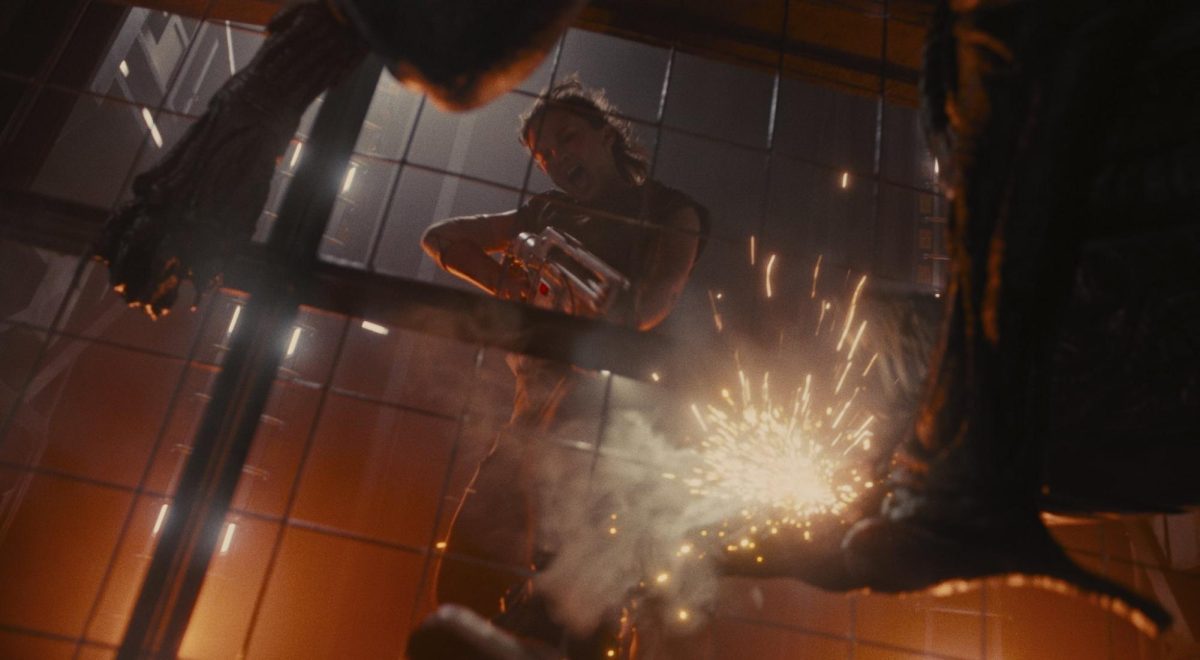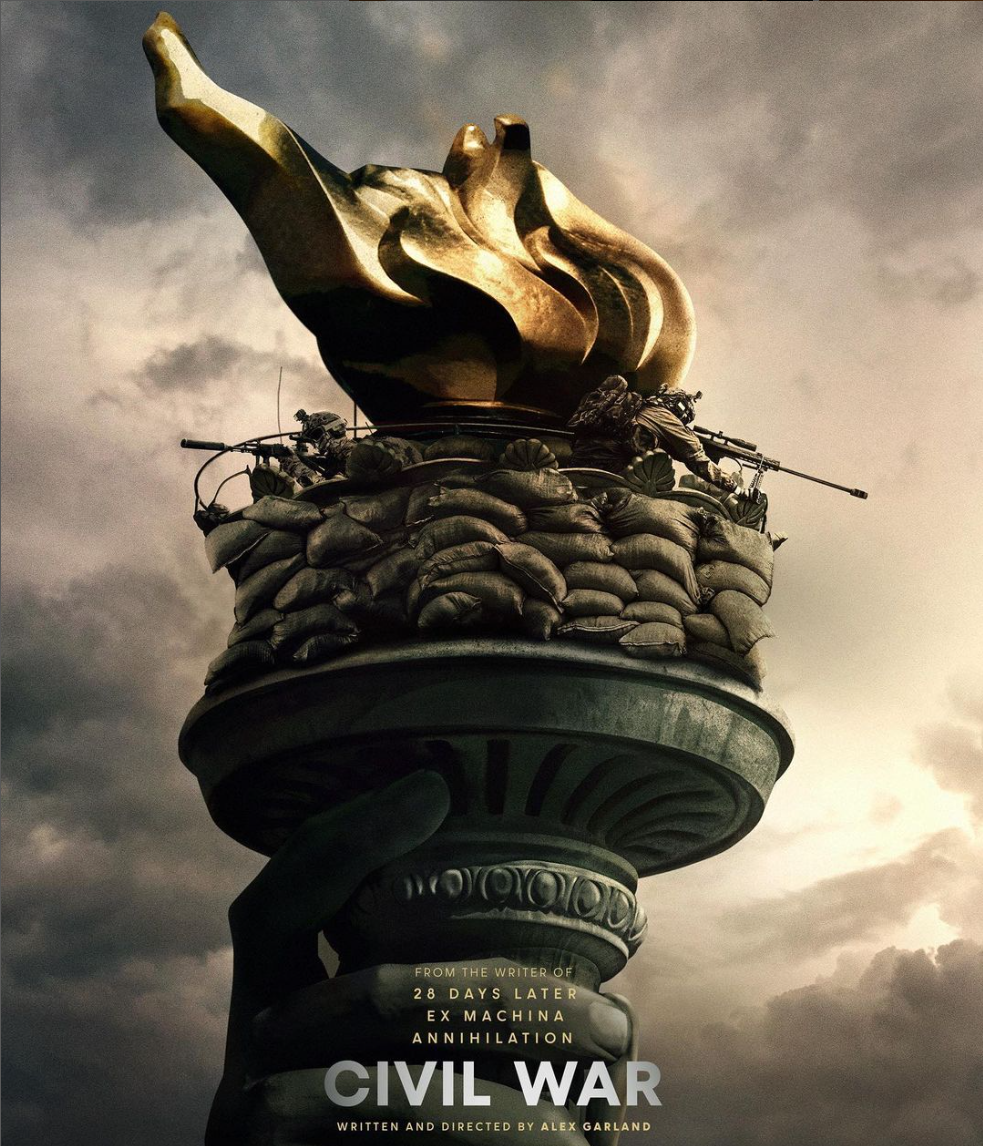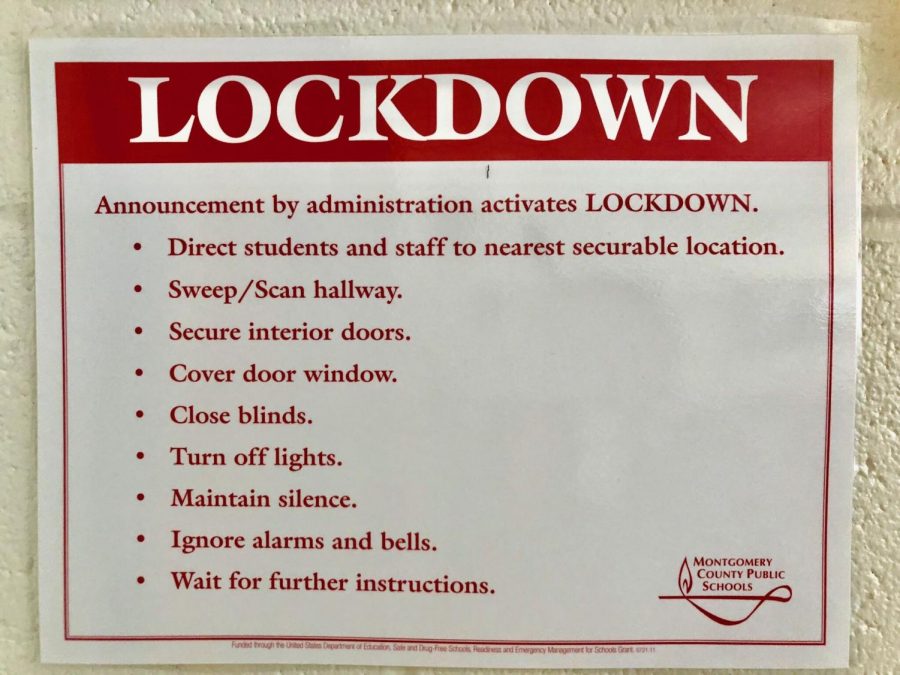AP exams are fast approaching, and not everyone can sit with a history textbook for hours and internalize passage after passage. Movies are an entertaining way to reinforce history knowledge, and for many, an easier way to absorb information. While it is not recommended to rely solely on watching movies to study for exams, movies chosen directly by AP history teachers Abbie Lamb, Richard Obando and Gregory Herbert can be a great resource to help supplement studying.
AP U.S. History
“Amistad” (1997)
“Amistad,” is a 1997 historical drama directed by Steven Spielberg, based on the events occurring onboard a Spanish slave ship named “La Amistad.” During the trip, a slave named Cinque (Djimon Hounsou) leads an uprising against the captains and slaveholders, killing almost all of them in an attempt to gain freedom. “Amistad” shows the effects of the intercontinental slave trade on victims, as well as the beginning of the abolitionist movement within the United States, and fits right into Unit 4 of the course. These effects show continuity and change throughout the treatment of slaves, which can be connected as contextualization on essay questions on the exam and can also be used as a comparison for historical thinking skills.
“Mississippi Burning” (1988)
After a group of Civil Rights activists go missing, the FBI is called in to help. “Mississippi Burning,” directed by Alan Parker, and starring Willem Dafoe and Gene Hackman, reveals the tensions of the Civil Rights Movement in the 1960s. With local authorities refusing to cooperate, the search for the missing activists slows, resulting in arguments between the two agents over how to conduct the case. “Mississippi Burning” explores the main topics of Unit 8, highlighting the racial tensions and hate that remained in the United States well after slavery ended, as it continued through the Civil Rights Movement of the 1960s. Specific examples concerning how Civil Rights activists were treated are covered in “Mississippi Burning” and can connect to background knowledge on how the movement evolved, especially in Southern states, which may help on essay questions, as specific examples are required.
“Gangs of New York” (2002)
In 1862, an Irish immigrant, Amsterdam Vallon (Leonardo DiCaprio), is released from prison. Vallon seeks to avenge his late father by finding his killer, William Cutting (Daniel Day-Lewis). Cutting is a powerful anti-immigrant gang leader, so Vallon has to infiltrate his circle to enact his revenge. For those who need a refresher on Units 5 and 6, “Gangs of New York” fits right into the Unit 5 timeline and discusses pre-Gilded Age topics within Unit 6. Since knowing how big cities like New York City were affected by immigrants in the 1800s is essential, “Gangs of New York” is a must-watch for the Unit 5 time period.
“Zero Dark Thirty” (2012)
Following the September 11 attacks on the Twin Towers, the US government launched a search for Osama Bin Laden. “Zero Dark Thirty” deals with the repercussions of 9/11 and shows the inner workings of the government as it dealt with the aftermath of the attack. This movie is essential in understanding the political turmoil that ensued and can help with Unit 9 review. While Unit 9 is not as heavily emphasized within the exam as some other units, consisting of only 4-6% of the total test content, it is still beneficial to review through “Zero Dark Thirty.” Knowing details relating to this event will help immensely if the Short Answer Questions are based on the topic of modern domestic policies.
AP Modern World History
“Les Miserables” (2012)
“Les Miserables,” originally a novel written in 1862 by Victor Hugo as a comment on social injustice, discusses important enlightenment ideas that help further comprehension of the 1800s for the exam. It follows a prisoner, Jean Valjean (Hugh Jackman), who uses stolen silver to attempt to turn his life around by becoming mayor. The movie follows the topic of the June Rebellion studied in Unit 5, which slowly develops throughout the story.
“Marie Antoinette” (2006)
“Marie Antoinette,” directed by Sofia Coppola, covers Antoinette’s life, beginning with her marriage to the Dauphin of France, and ending with her untimely death during the French Revolution. Antoinette was Queen of France throughout the 18th century and was in power during the French Revolution. The movie focuses on the French aristocracy in the years leading to the French Revolution, developing the context for the French Revolution. The movie supplements Unit 5 review, as the French Revolution is the main focus of both the unit and the film. “Marie Antoinette” paired with “Les Miserables” allows viewers to see the changes and continuities of revolutions in France, focusing on both the French Revolution and the June Rebellion respectively.
“Schindler’s List” (1993)
After World War Two began, Oskar Schindler made his fortune in the factory business, only to almost lose his employees as a result of Jewish persecution during the Holocaust. Schindler then implements plans to protect their lives, bribing Nazi leaders to help him protect them. “Schindler’s List” fits right into the events of World War Two and Unit 7. If an example is needed during the exam that non-Jews assisted Jewish people during that time, this does the job, as the film is based on a true story.
“Dr. Strangelove” (1964)
“Dr. Strangelove” parodies the Cold War and the rising tensions between the Soviet Union and the United States. When U.S. Air Force General Jack Ripper (Sterling Hayden) starts developing conspiracy theories, he decides to send his bomber wing to destroy the USSR, believing that the communists are infiltrating American water sources, and impacting the “precious bodily fluids” of citizens. It pokes fun at the Cold War, and especially at the concept of “mutually assured destruction,” an idea popularized in the 1950s that claimed each side, the Soviet Union and the United States, were deterred from using nuclear weapons due to the threat of a universal disaster. “Dr. Strangelove” fits right into Unit 8, as it covers the Cold War and how the power struggle between the USSR and the United States had global effects. This movie follows the inner turmoil of the U.S. government throughout the war, portraying it in a more satirical manner, while still providing an effective review. This movie can be used to better understand the events and domestic policy throughout the Cold War.
AP U.S. Government and Politics
“The Post” (2017)
“The Post,” set in 1971, outlines the true attempts of The Washington Post to publish the Pentagon Papers, a set of classified documents revealing the truth of the US involvement in the Vietnam War. The film follows journalists as they risk their careers to bring these truths to light, actively working against the U.S. government. “The Post” is essential for AP Government-required cases, as it covers New York Times Co. v. United States in detail, outlining the events of the case. Since one of the exam’s Free Response Questions deals with these required cases, knowing them all in detail is important, and “The Post” will ensure that this is one of the cases that stick.
“Milk” (2008)
When Harvey Milk (Sean Penn) and his lover, Scott Smith (James Franco), leave New York for San Francisco in 1972, they see an abundance of opportunities laid out before them. Milk is determined to do something meaningful with his life, and decides to run for public office, becoming the nation’s first openly gay man elected to public office. He opens a camera shop, encouraging queer people to live freely and creating a sanctuary for them. However, a year after being elected, Milk is murdered. “Milk” helps study social movements and equal protection in Unit 3, assisting with the exam and with contextualization. Since one of the recommended cases is Obergefell V. Hodges and one of the required cases is Brown v. Board of Education, both of which deal with social justice issues, this film can supplement those and give more knowledge on the topics.
“All the President’s Men” (1976)
“All the President’s Men” follows the two investigative journalists, Bob Woodward (Robert Redford) and Carl Bernstein (Dustin Hoffman), who connect the break-in at the Watergate apartment complex back to President Nixon. The scandal involved members of Nixon’s reelection campaign who were caught breaking into the Watergate Hotel and illegally wiretapping it, as well as the following coverup initiated by Nixon. The movie outlines their search from beginning to end, following along with Unit 8 and the Watergate scandal. The movie can also be connected to other AP history classes, such as APUSH. Since this event caused many changes to American history, especially concerning checks on the president’s power, “All the President’s Men” will prove beneficial on the AP exam.
As questions arise on the AP exams concerning contextualization and continuity and change, having films that depict real events can prove extremely beneficial and may be more impactful than textbooks or notes. It may prove easier to bring out a fact referenced in a film, rather than a vocabulary word from a deck of flashcards on the AP exam.























